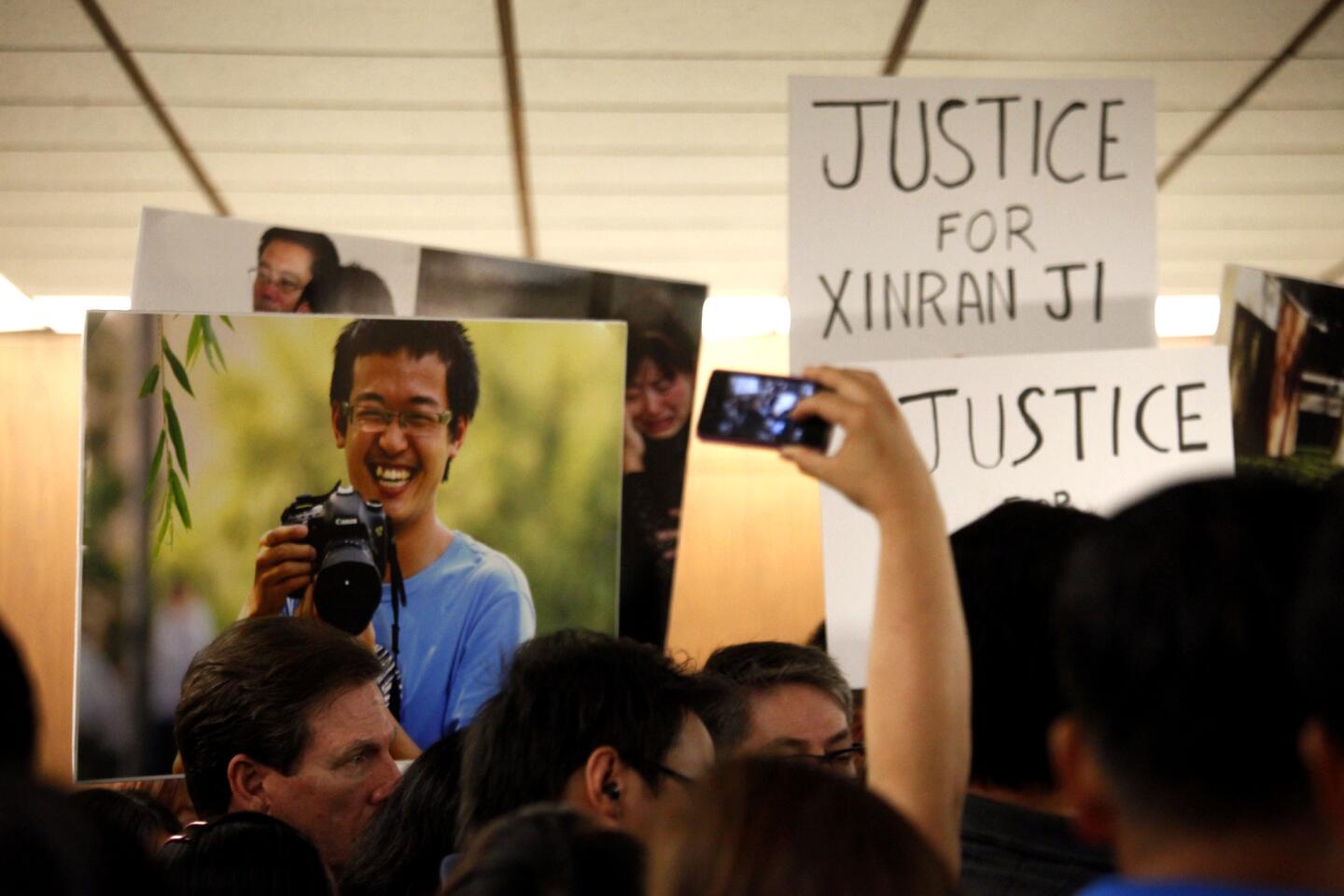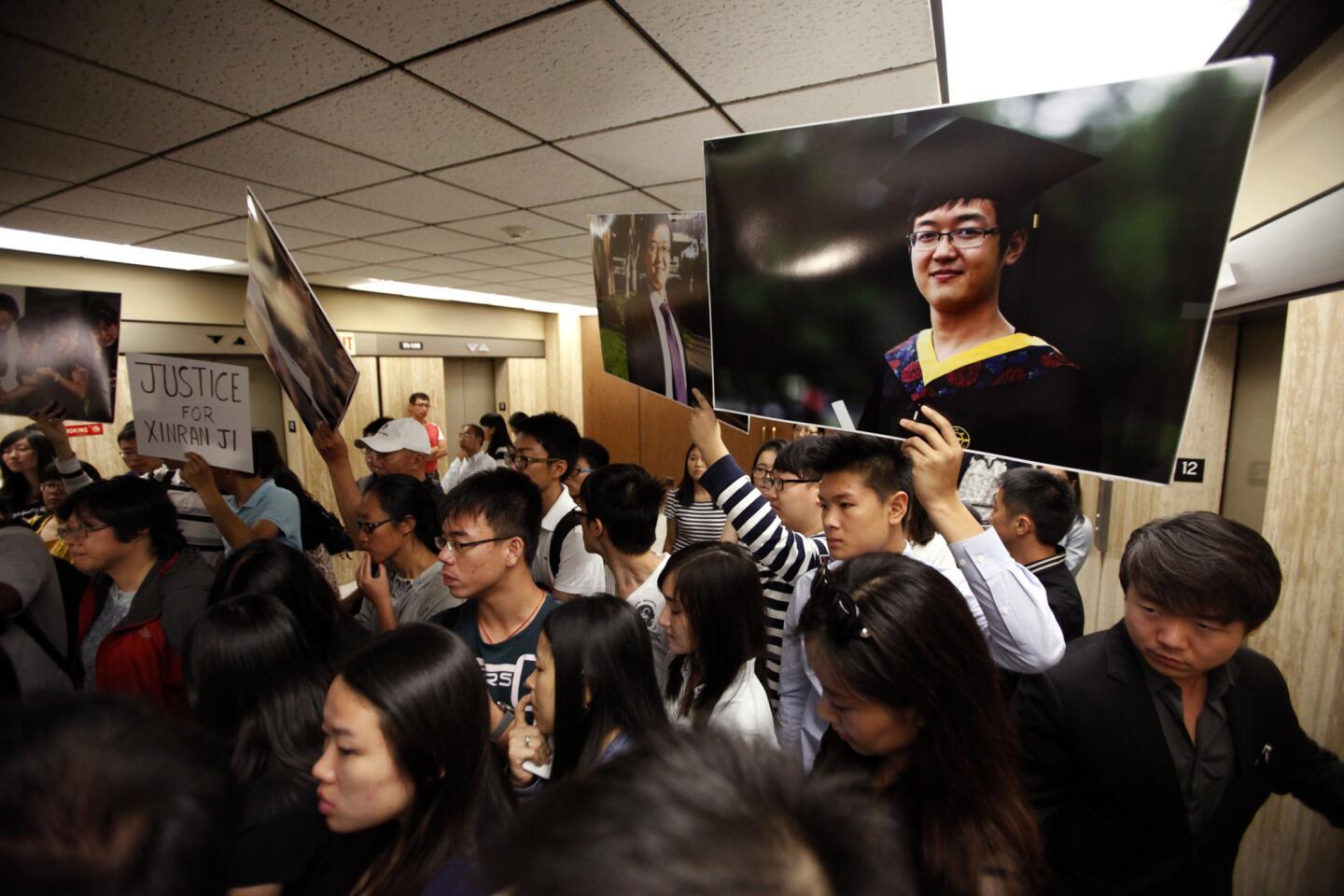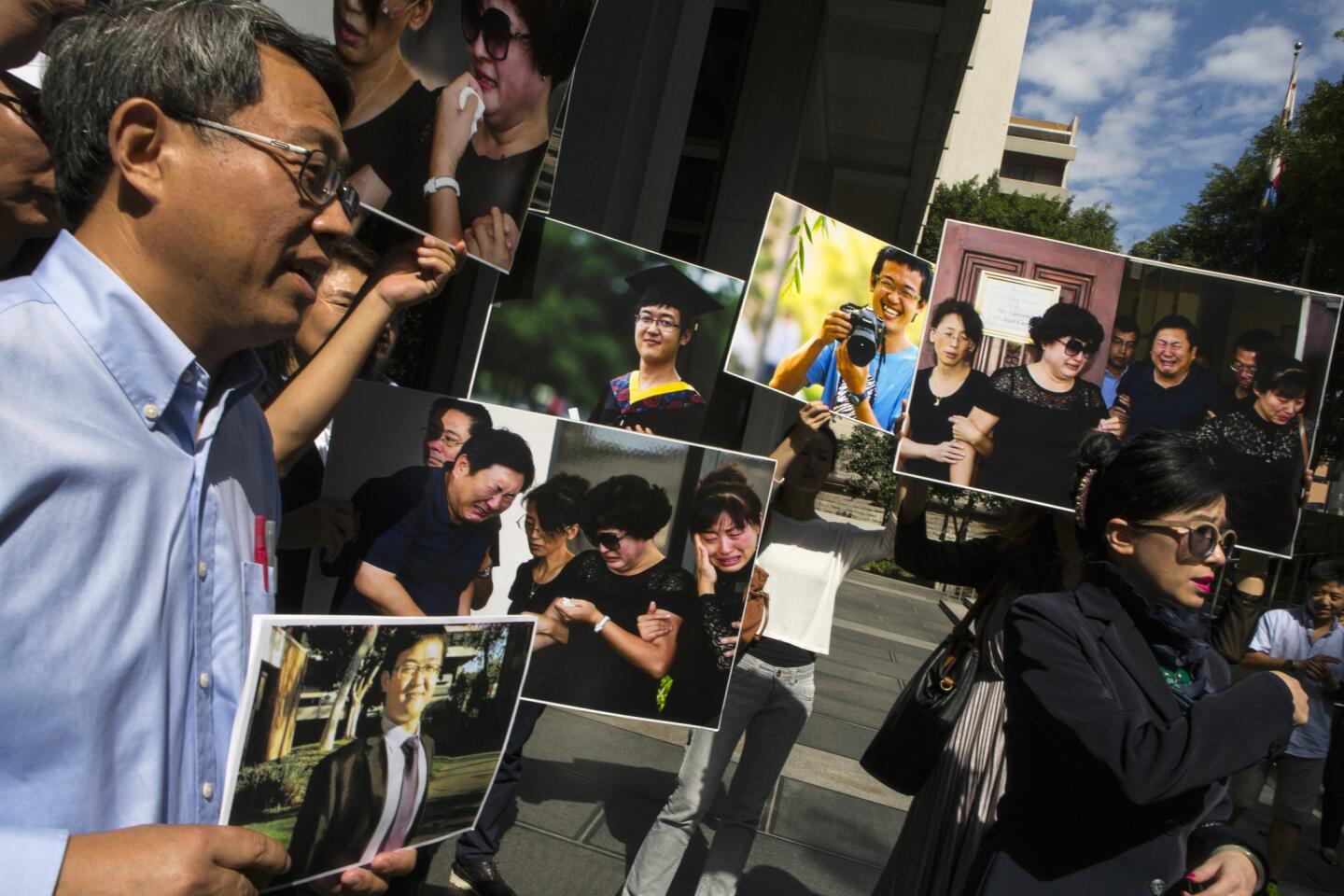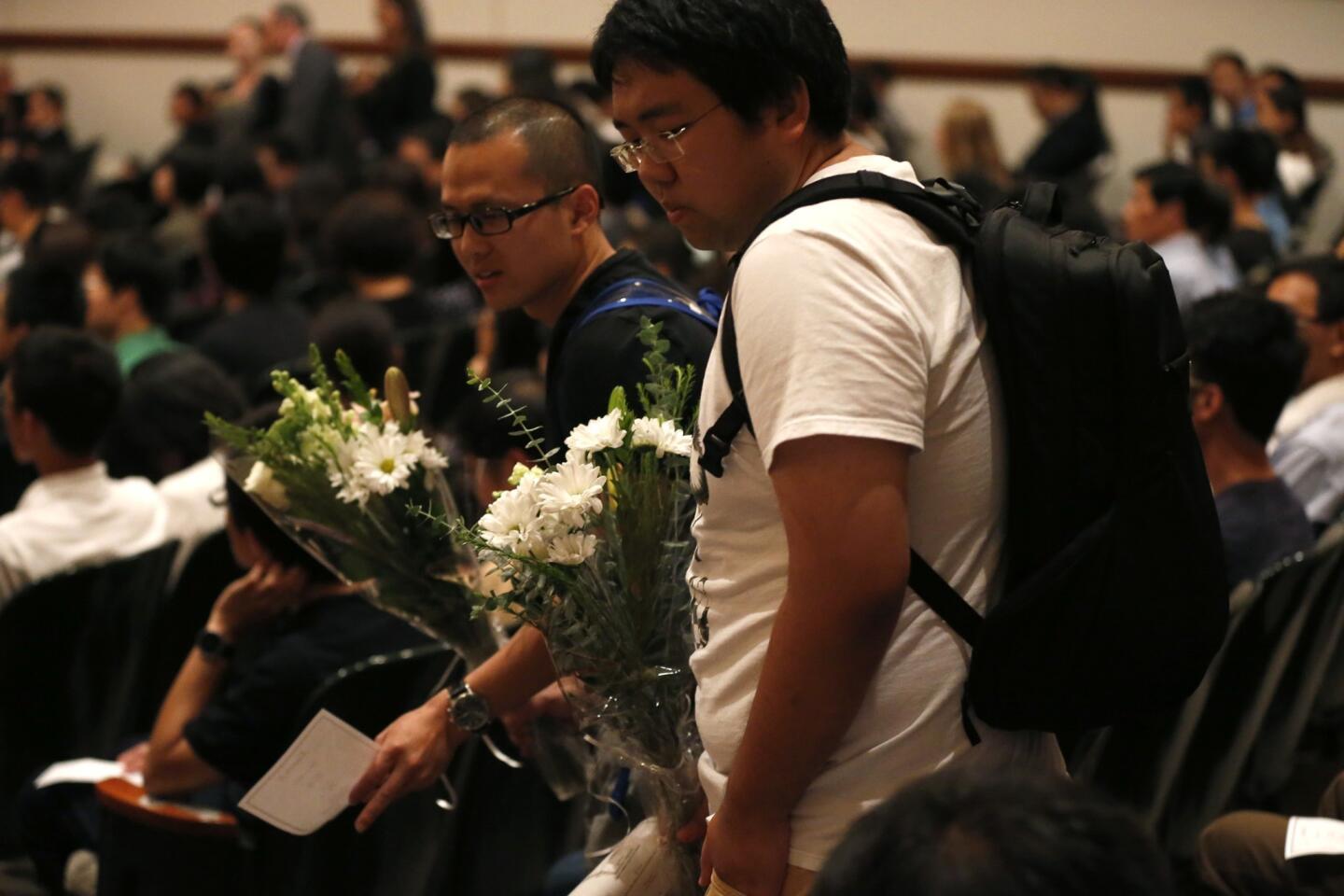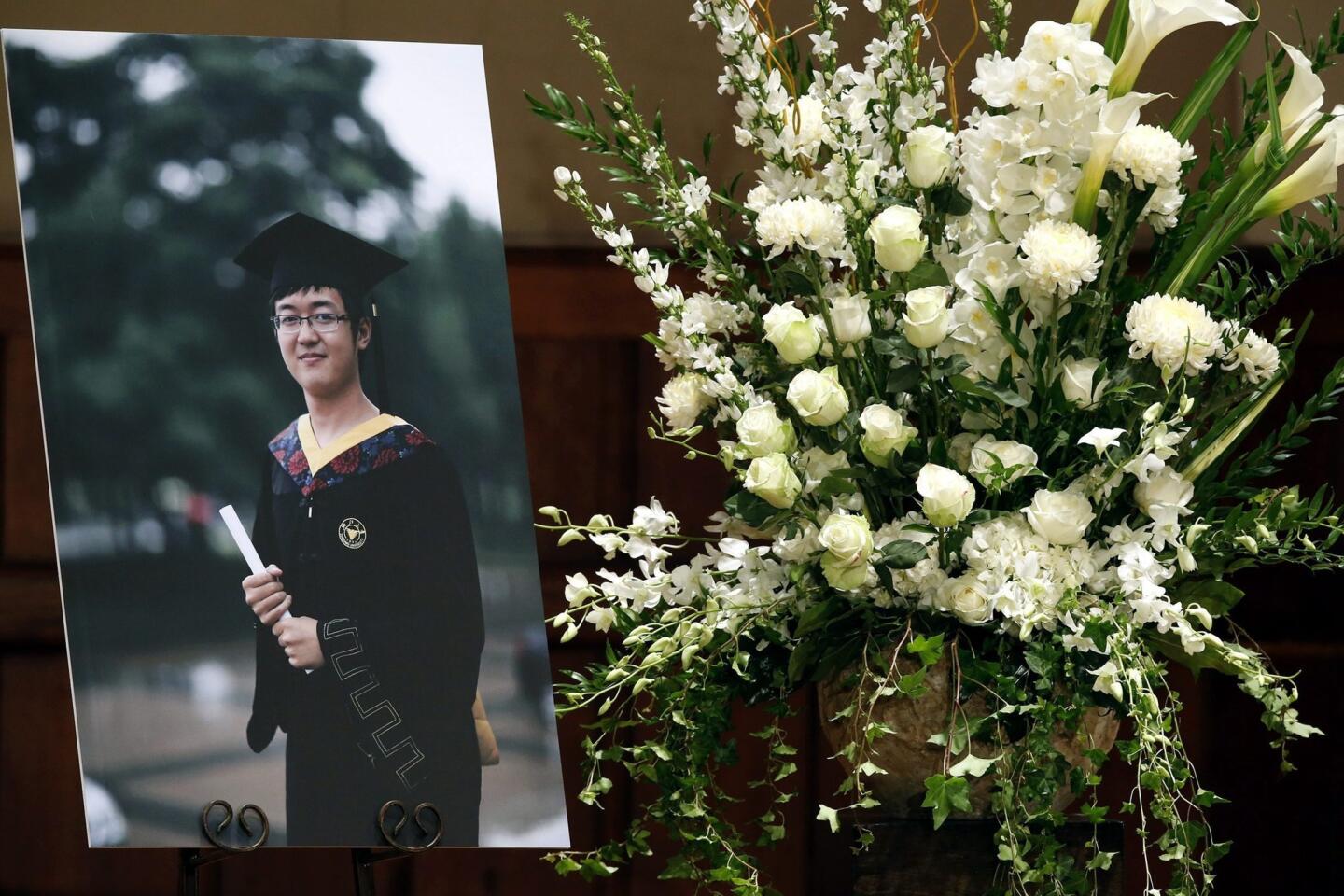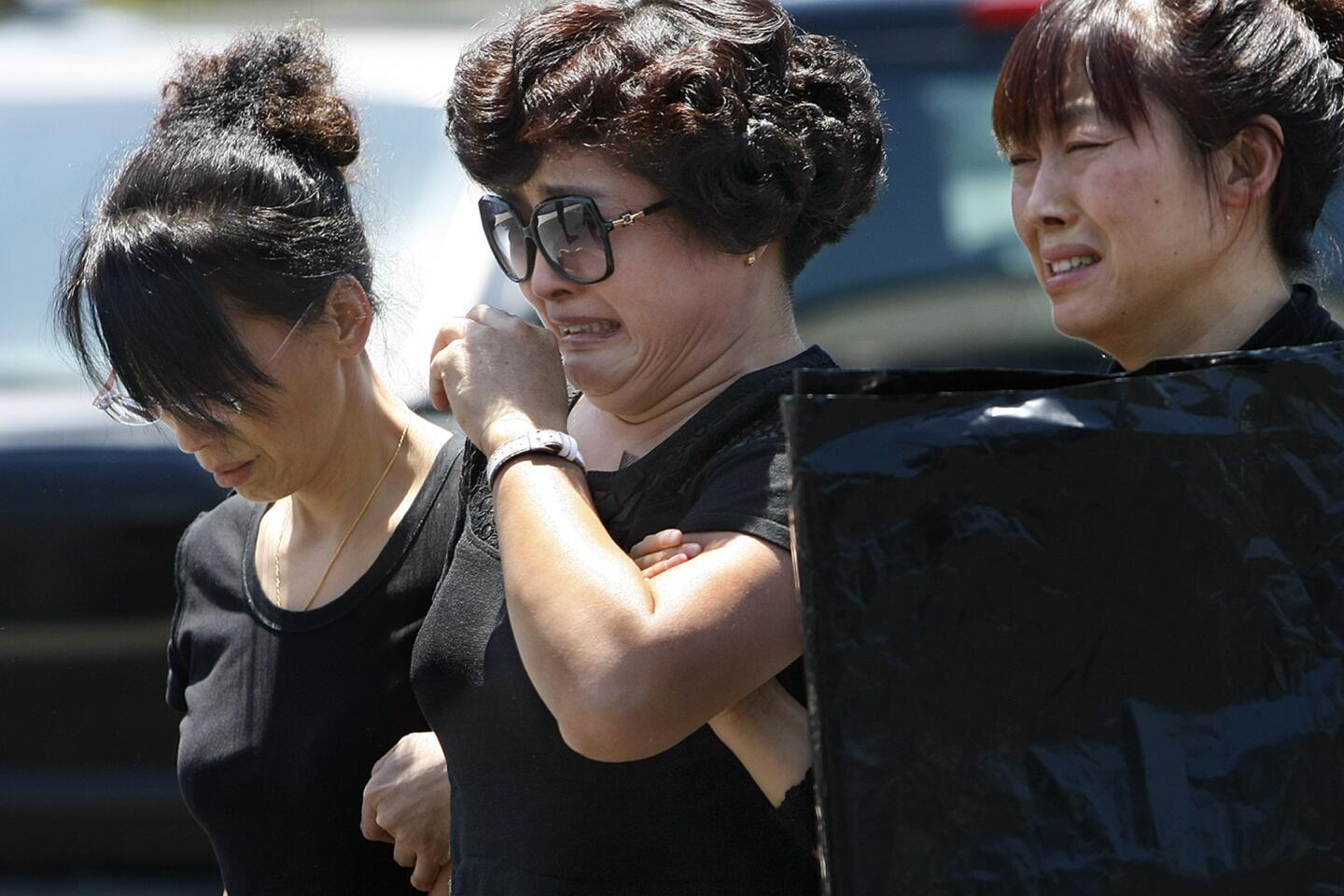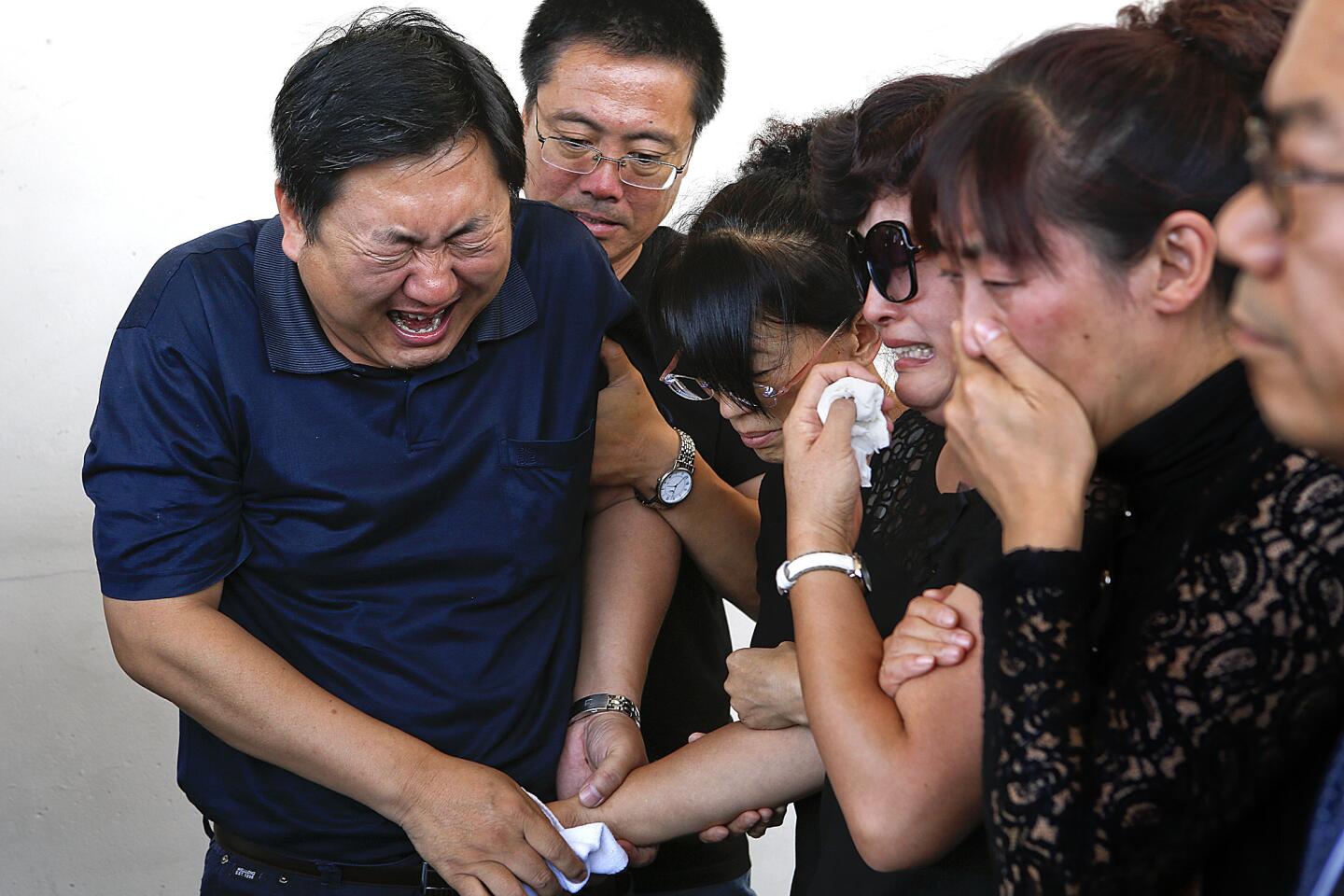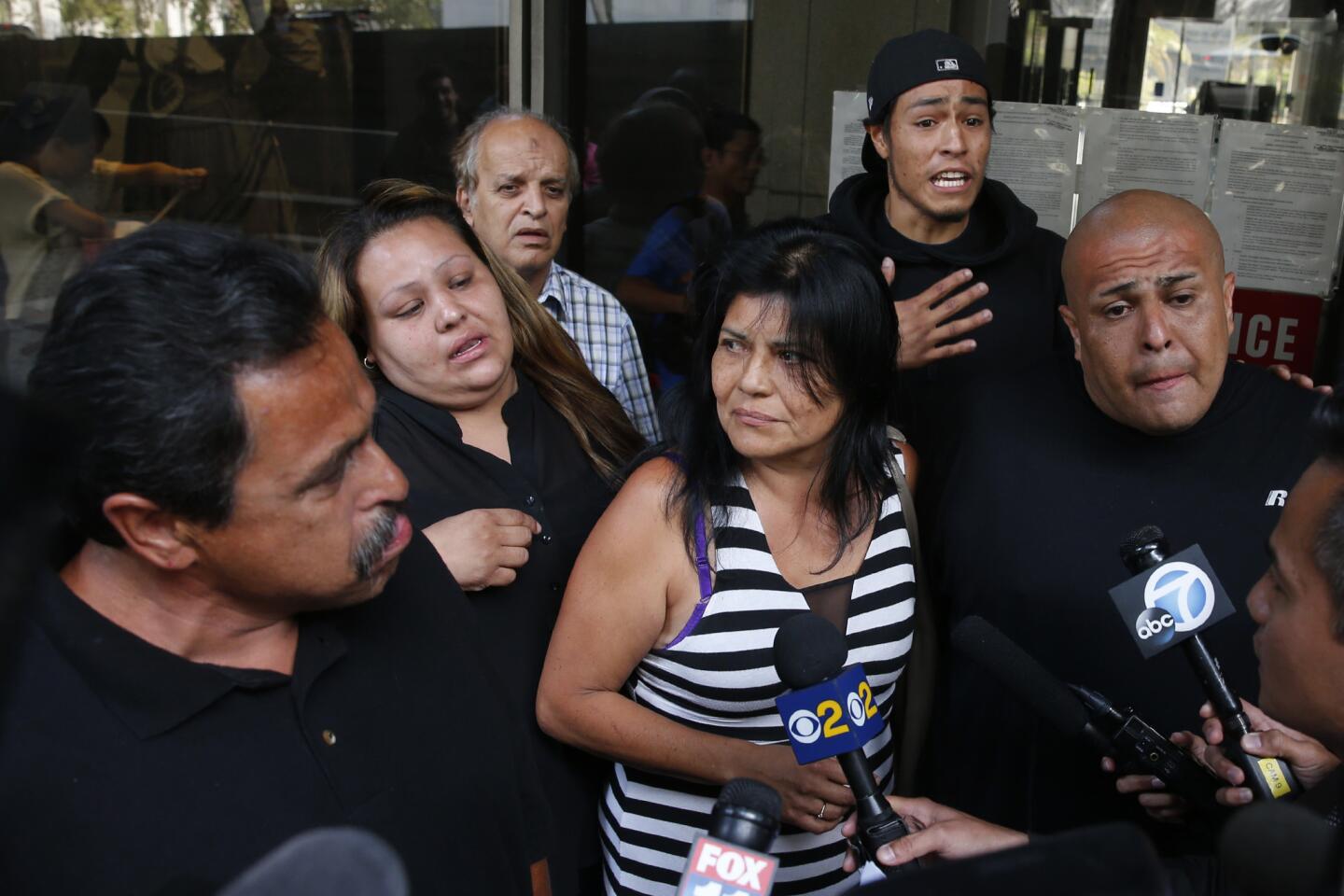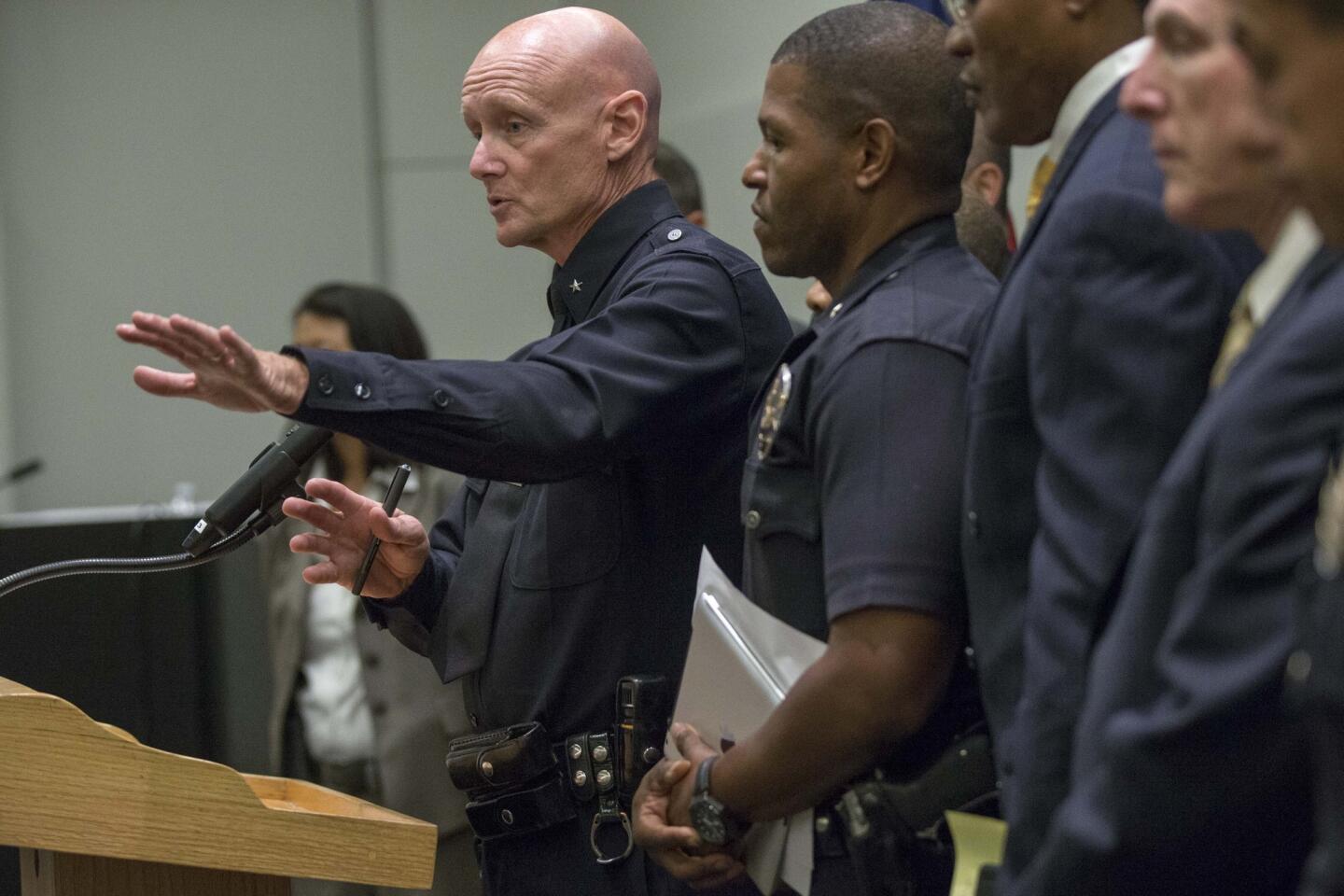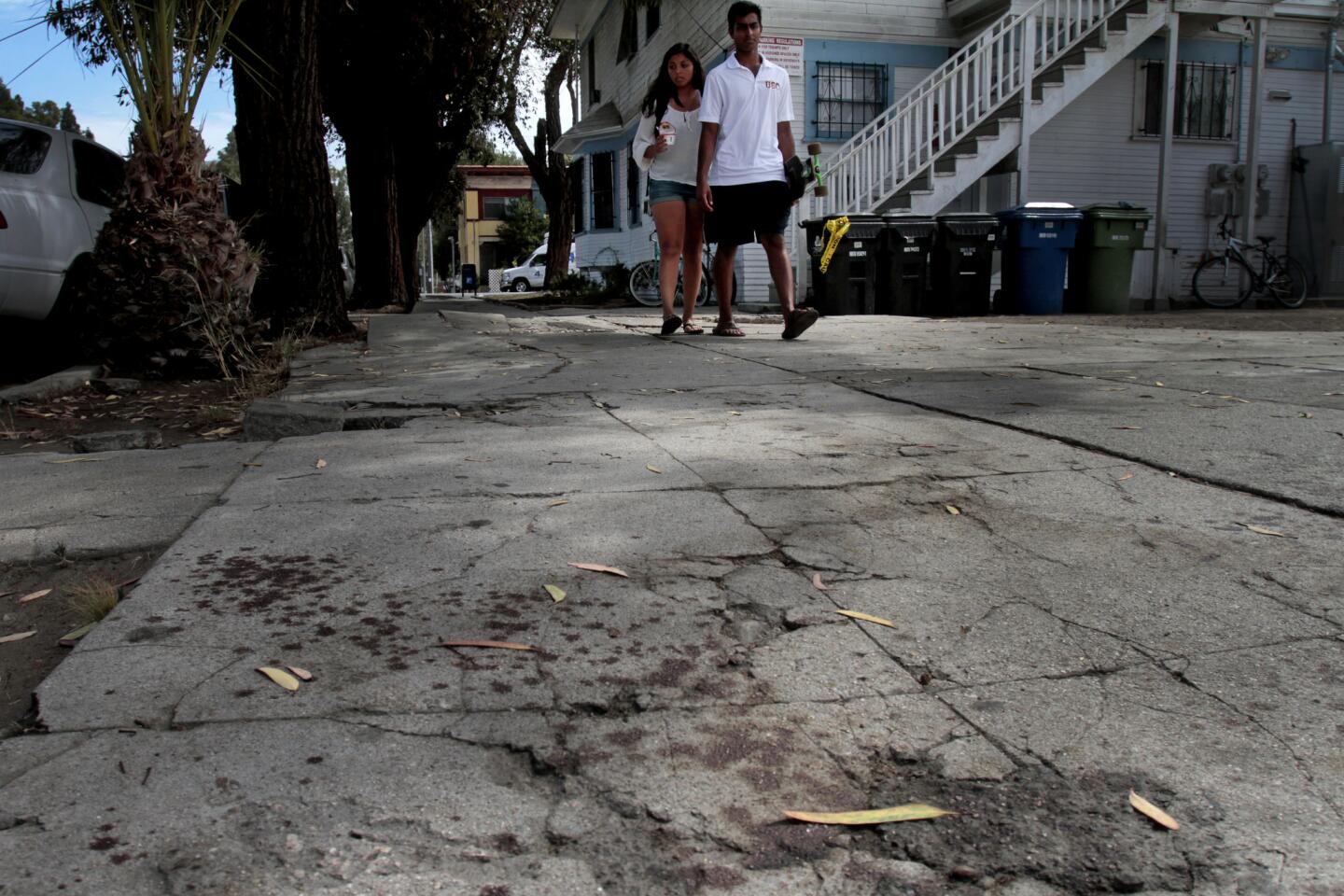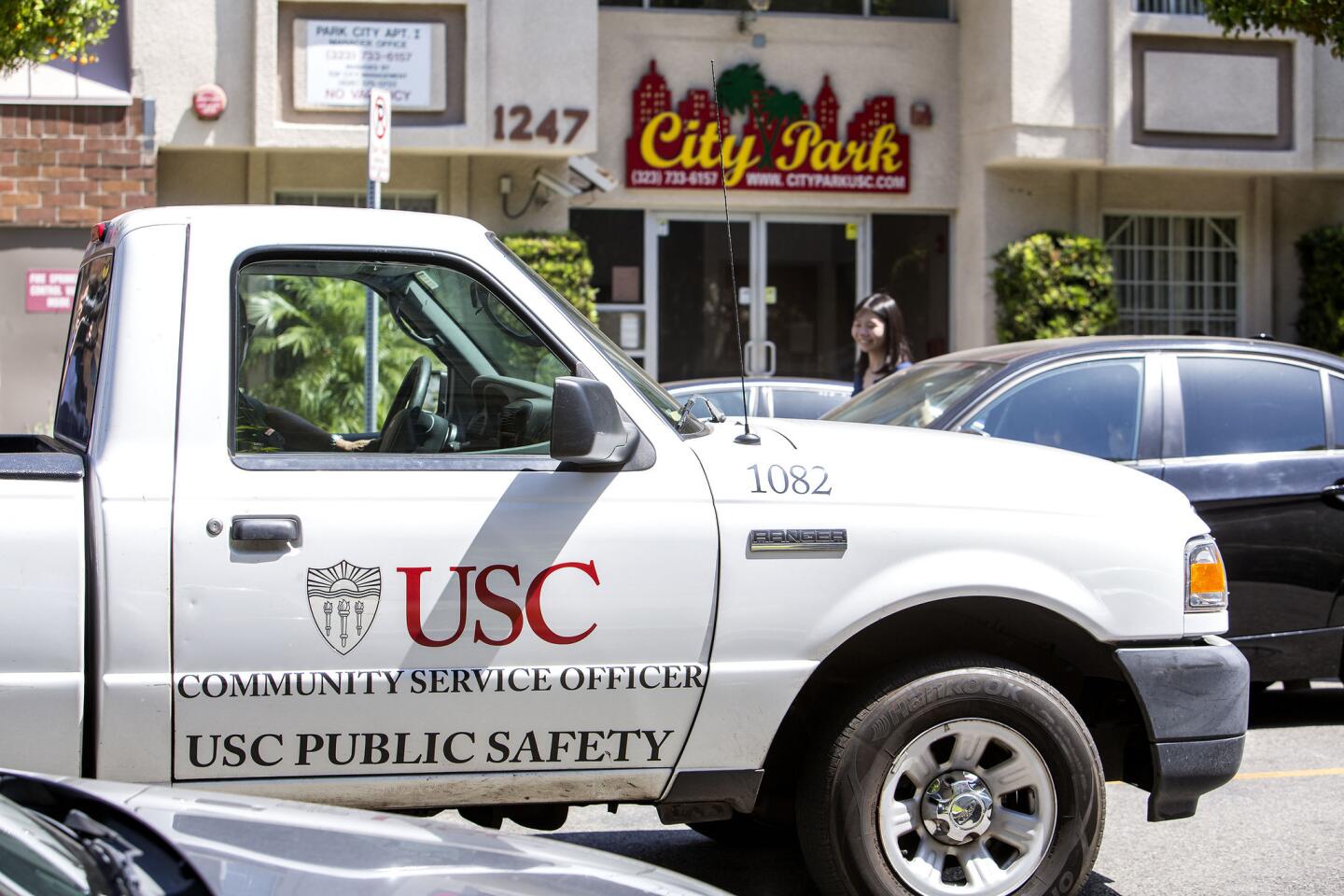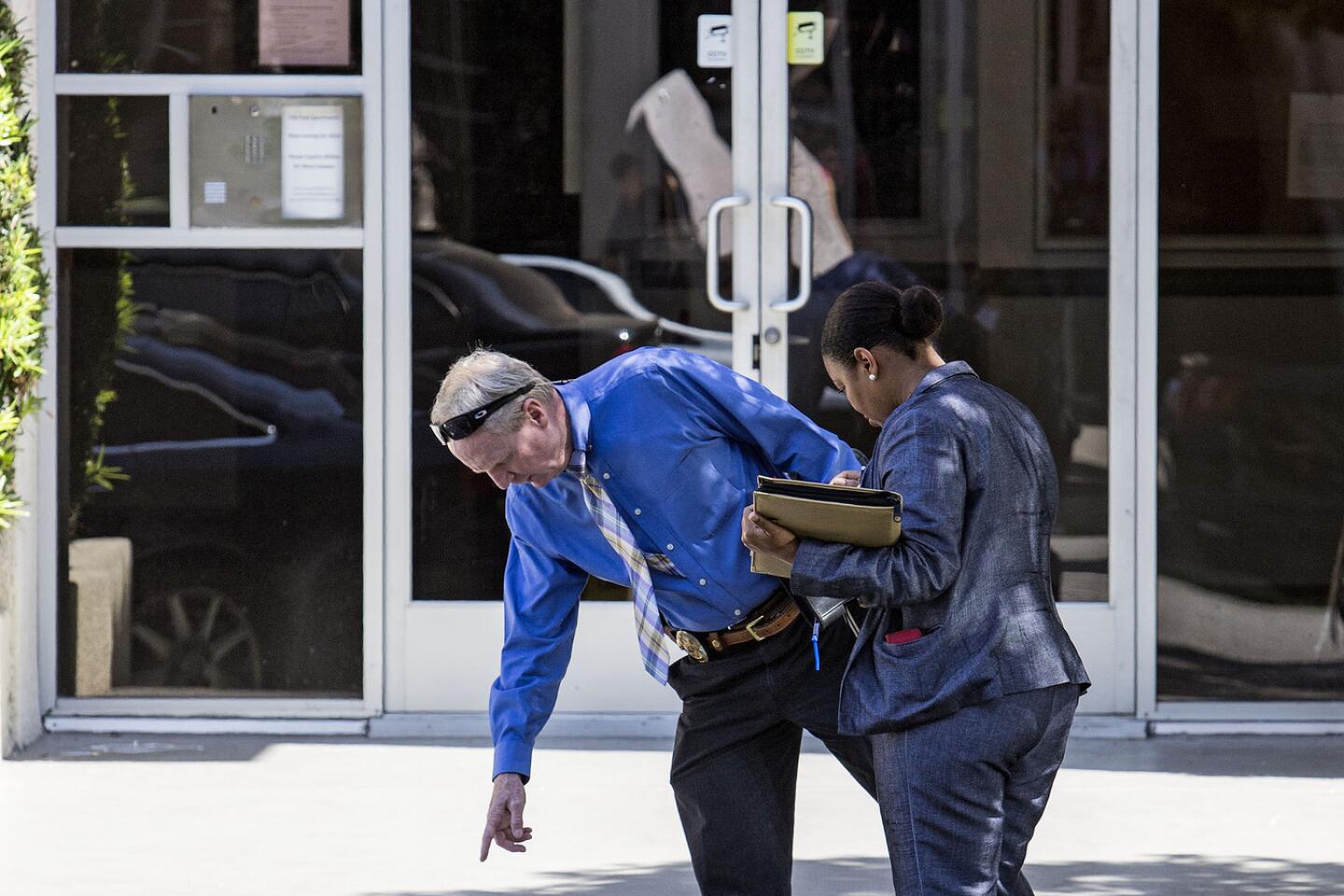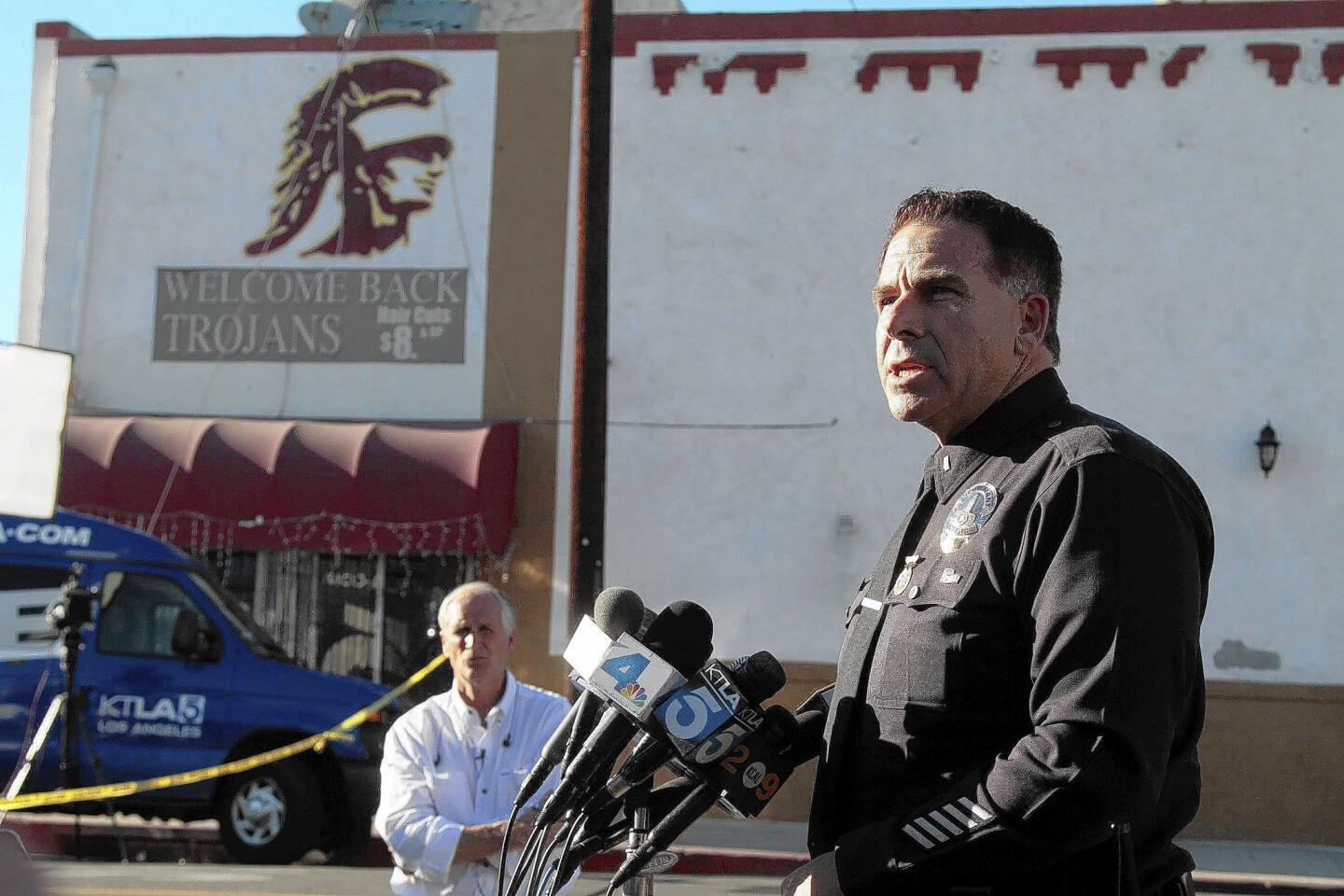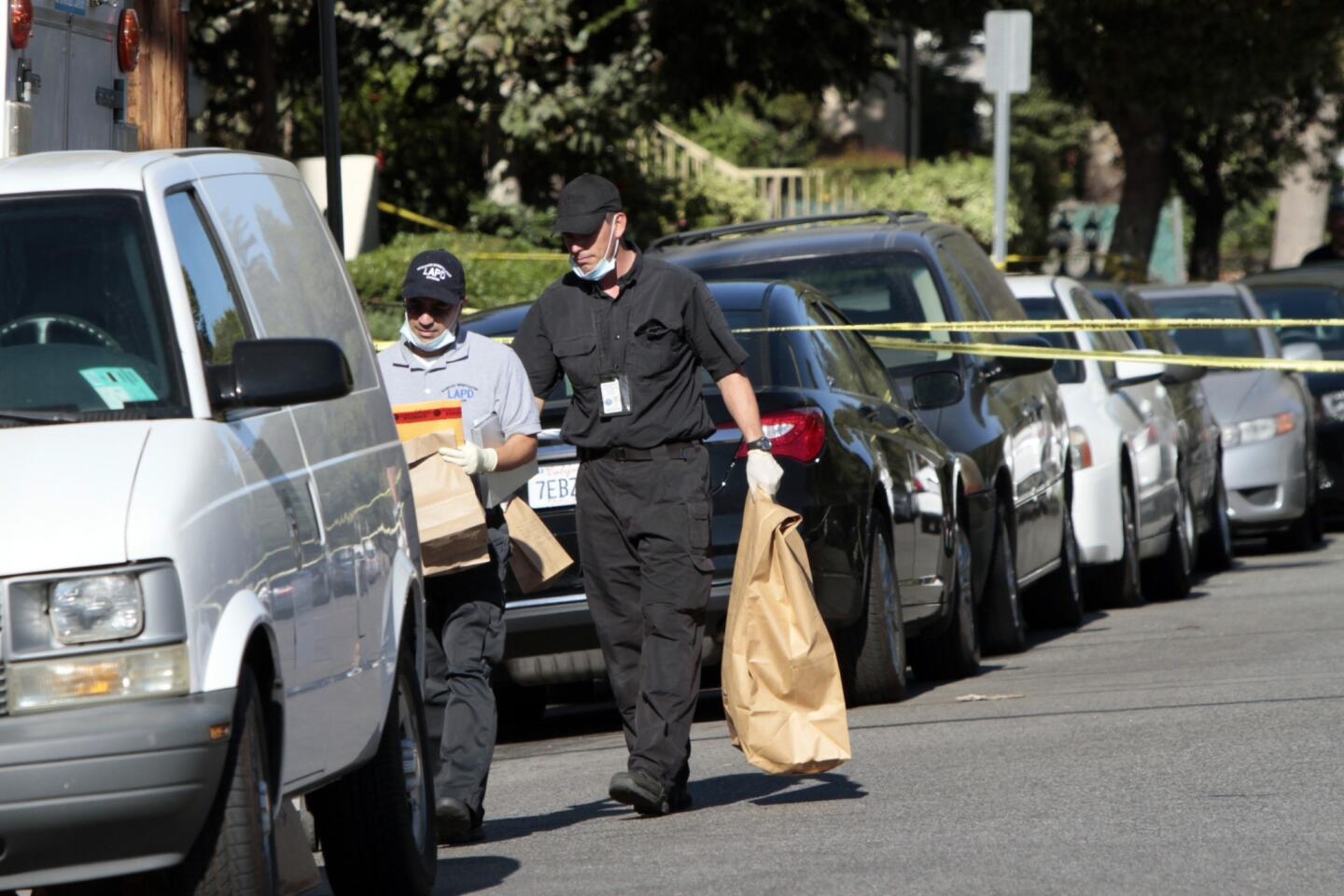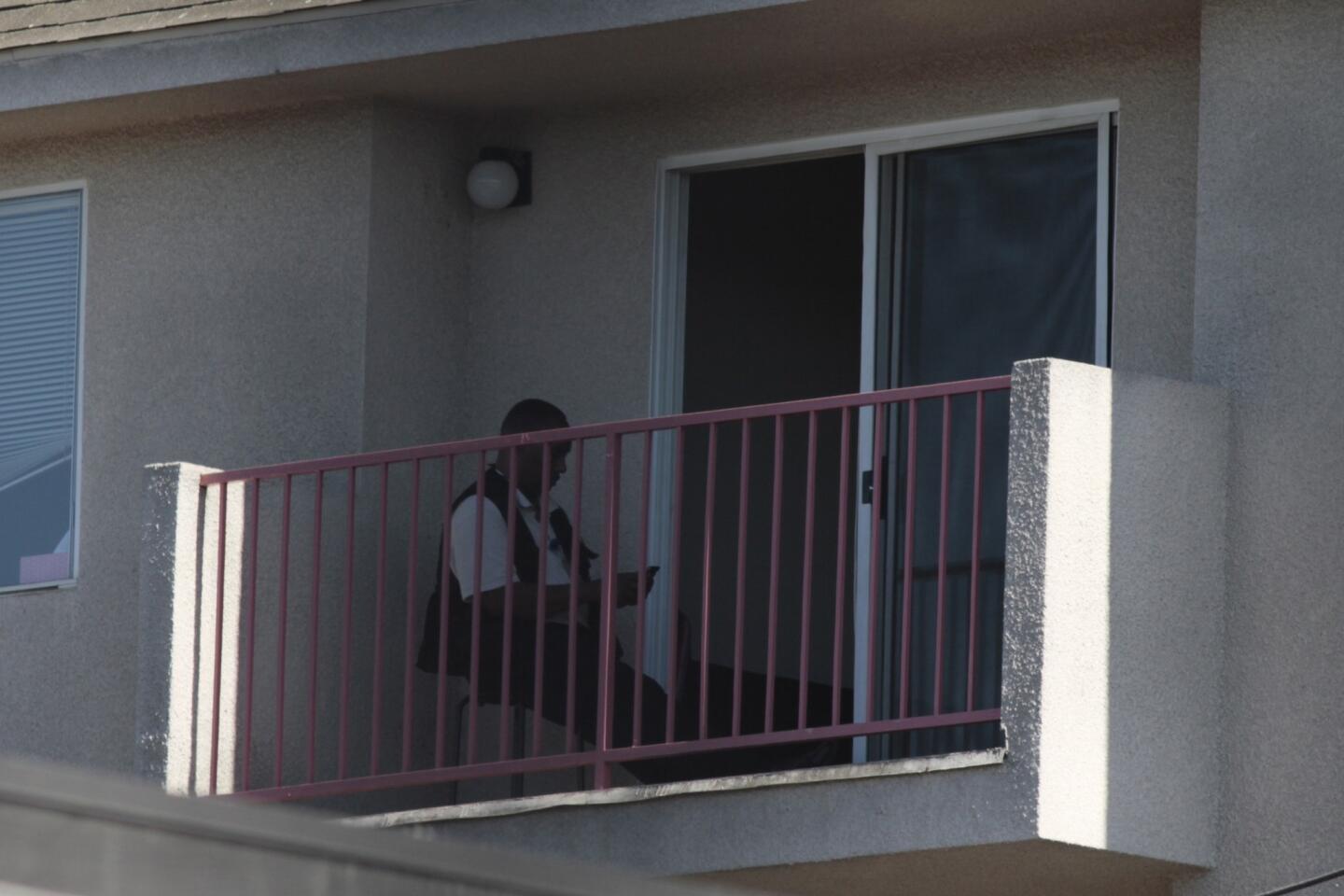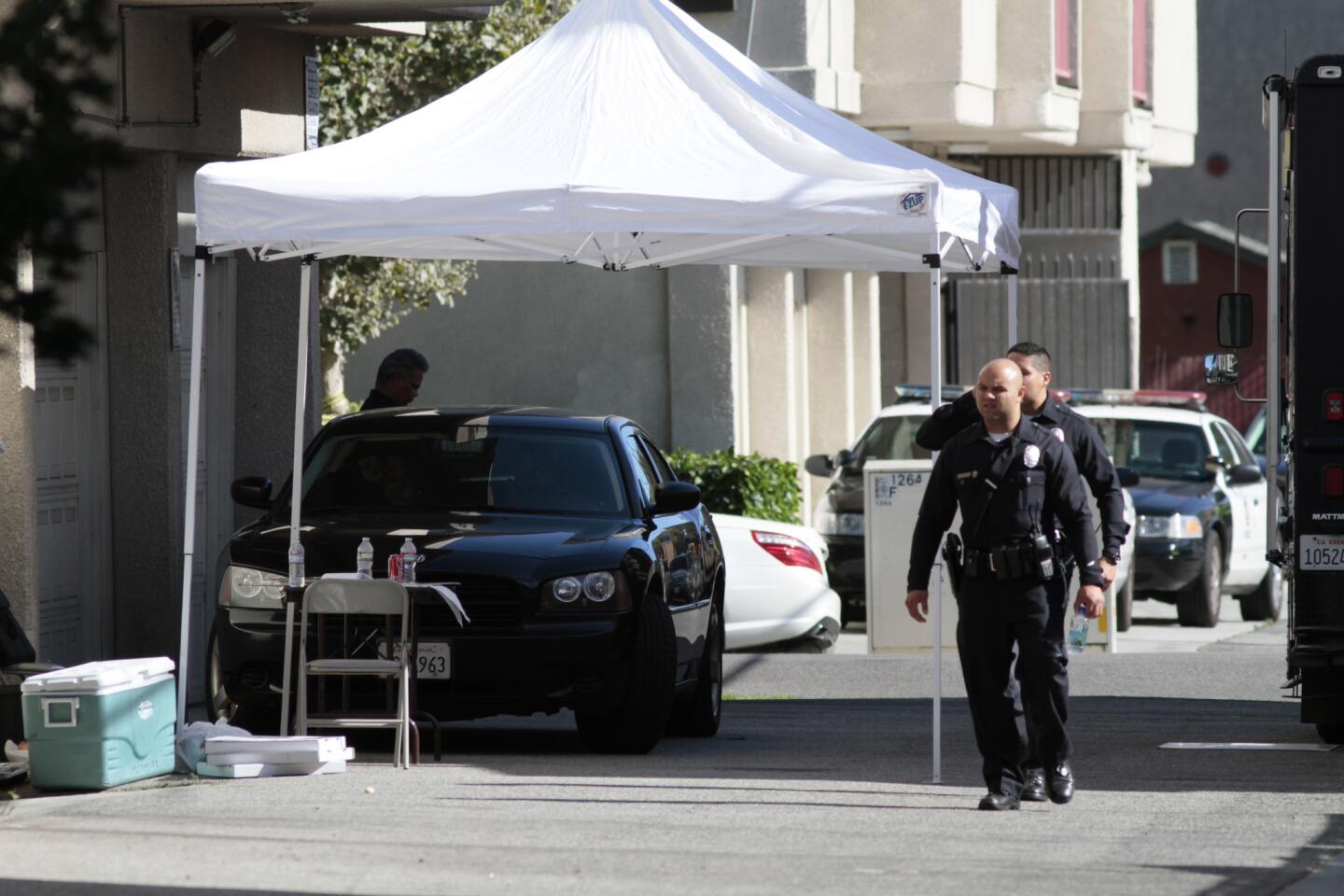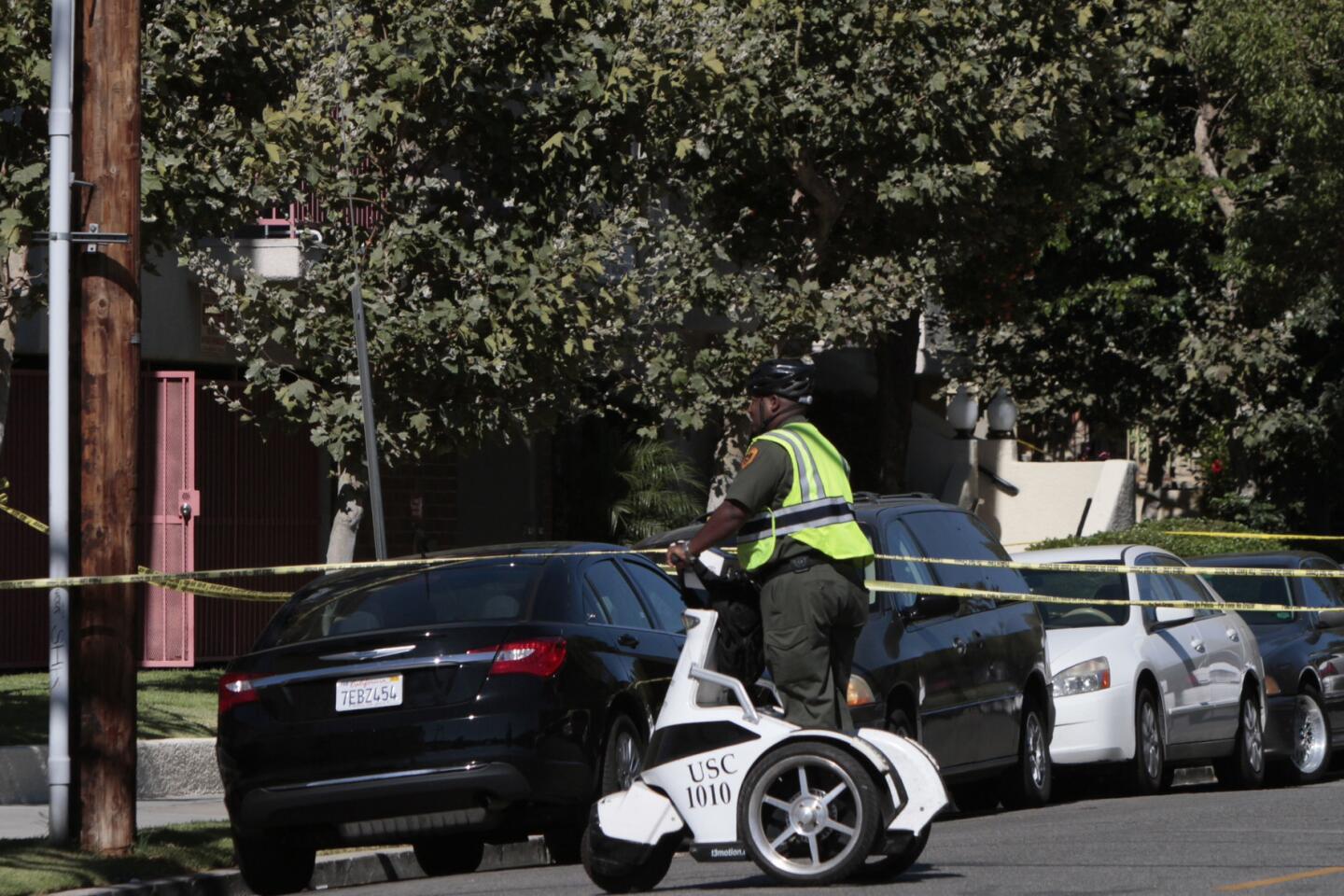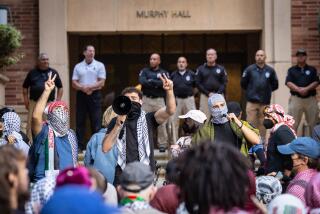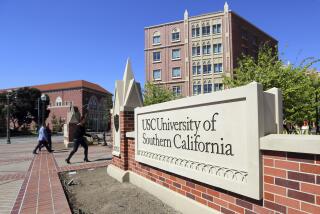USC launches major security upgrades after grad student killed
USC on Friday announced a series of significant new security measures after a graduate student from China was fatally beaten near the campus last month.
The university said in a statement Friday it was increasing security staffing in and around the campus, upgrading camera systems and enhancing public safety training for students.
The move comes after engineering student Xinran Ji was assaulted with a baseball bat at 12:45 a.m. on July 24 near the corner of 29th Street and Orchard Avenue, a few blocks from campus.
Four were charged with murder in the case.
âSafety is a shared responsibility â it includes both practices and methods adopted by the university and precautions that our students, faculty and staff need to take with an awareness of their surroundings,â Elizabeth Garrett, provost and senior vice president for academic affairs, said in a statement announcing the changes.
USC said its âsafety ambassadorsâ will now work year-round, including the summer. Security cameras will be placed in locations off-campus, and more USC security and Los Angeles Police Department foot patrols will be deployed.
USC has poured considerable resources into improving campus safety after a string of shootings put current and prospective students on edge.
In April 2012, two 23-year-old Chinese graduate students in the electrical engineering program, Ying Wu and Ming Qu, were shot to death about 1 a.m. while sitting in a parked BMW just west of campus.
The studentsâ parents filed a wrongful death lawsuit against the university, saying the school misled them when it said it ranked among the safest in the nation.
Six months after Wu and Qu were slain, a gunman opened fire in a crowd outside a Halloween party near the center of USC. Four people were wounded, and the campus was placed on lockdown.
After the incidents, school officials put multiple new security measures in place. The university limited public access to the campus in the evening, the Department of Public Safety installed additional security cameras and license plate readers, and dorms introduced fingerprint scanners for entry.
About 1,500 feet of fencing also went up along the schoolâs 2-mile perimeter, and security guards began checking identification cards of everyone coming inside after 9 p.m.
As a result, university officials reported a drop in property crimes in 2013 compared with the previous year.
However, most of the measures were aimed at securing the environment on campus. Last monthâs assault once again exposed the limits of the universityâs efforts outside school grounds.
More to Read
Sign up for Essential California
The most important California stories and recommendations in your inbox every morning.
You may occasionally receive promotional content from the Los Angeles Times.
